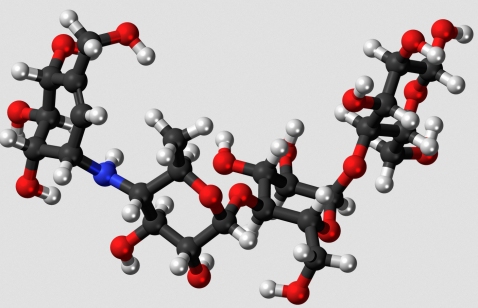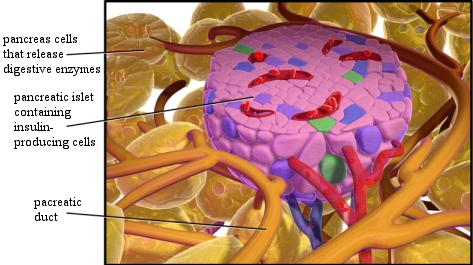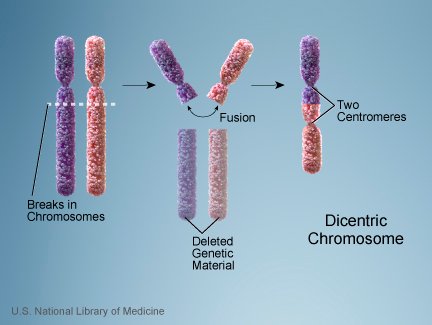
The much-anticipated debate between Bill Nye and Ken Ham happened last night. I had some pretty high hopes for the debate, and some of them were realized. However, most of them were not. If you happened to miss the debate, it is still available as a video, so please feel free to watch it. As I understand it, the video will only be there for a limited time, however, so if you want to watch it, you should probably do so soon.
Let me start by telling you the things I liked about the debate. First, it went off without a technical glitch. With so many people watching it via live streaming, there were all sorts of problems that could have happened. However, I was able to watch clear video with crisp audio the entire time. It was great to think that so many people could enjoy the debate in that format. I also love the fact that it is still available as a video so even more people can watch it!
Second, both debaters were cordial, and they concentrated on making their cases. Neither one of them resorted to name-calling, which is all too common in such situations. Nye repeatedly said that Ham’s views were “extraordinary,” and he also repeatedly referred to science as it happens “outside” the Creation Museum. However, at no time did he turn his attacks towards his opponent. That was very good.
Third, both debaters brought up some good points. You will see what I mean later on in this post.
Fourth, there were two chances for the debaters to rebut one another, and then there were (pre-written) questions from the audience. As a result, there were opportunities for the debaters to interact with one another. This is where I come to my main problem with the debate. While there were plenty of opportunities for the debaters to interact, they rarely did so. As the title of this post indicates, they spent most of their time talking past one another. That’s unfortunate, because a real discussion between the two debaters would have been more illuminating than what happened in the debate. Nevertheless, there were some good (and bad) moments for both sides in the debate, so let me use this post to point out what I thought each debater did well and what I thought each debater did poorly.
Continue reading “Talking Past One Another – The Ham/Nye Debate”








